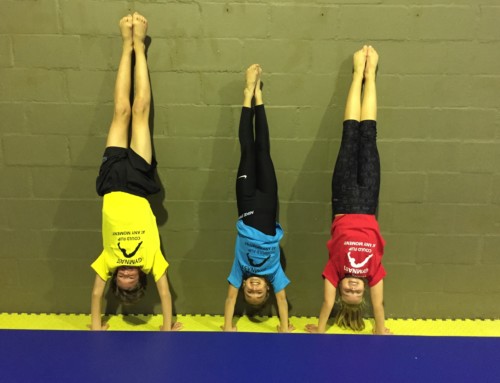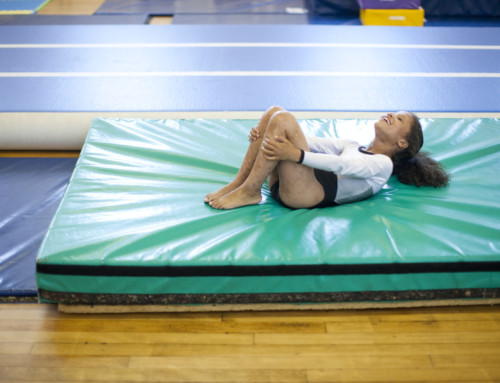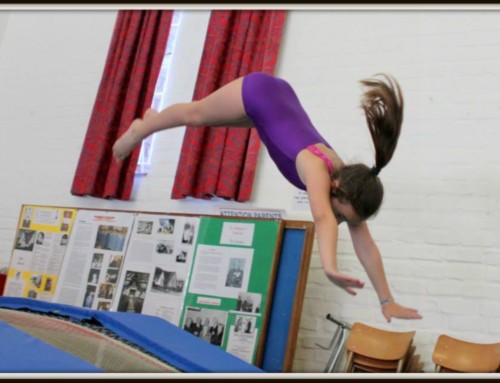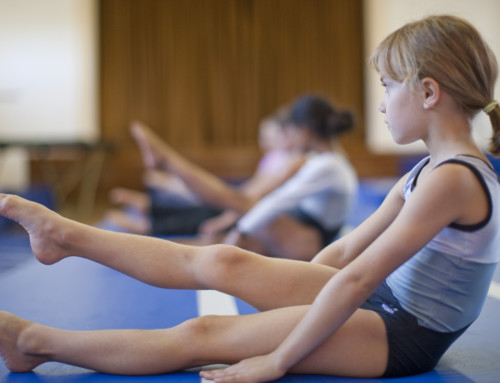Practicing Gymnastics At Home
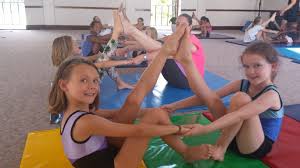
How many parents can relate to this?
Does your child do cartwheels everywhere – up and down the aisles in Pick ‘n Pay, round and round the garden, in your lounge?
Do they spend their break times at school teaching their friends all their gymnastics moves?
Chances are you’ve got a gymnast of a child.
Am I right?
I can’t tell you how many times I’ve had parents tell me about their kids flying about the house doing various movements on the furniture, and spending most of their time on their hands rather than their feet. T
heir children don’t walk around – they cartwheel from point A to point B!
It’s usually parents of children like that who ask me the same question: What can my child practice at home?
Well, clearly they are already practicing at home.
The key is to get them to do it safely.
Practicing Safely At Home
Because we teach recreational gymnastics, the average child will attend one (maybe two) lessons per week, so a little more practice would definitely speed up their progress. However, this does not mean we want them doing flips on their trampoline in the back yard, or trying back bends when they haven’t mastered the skills in class yet! Definitely not.
I think most coaches would agree that practicing the basics at home would be the best (and safest) solution. Things like handstands with the tummy towards the wall – correct handstand shape is super important in gymnastics as many movements pass through the handstand position (cartwheels, flick flacks, handsprings…)
Of course, any form of conditioning done at home is great too. Even though conditioning isn’t as fun as doing the gymnastics skills themselves, it is essential in any gymnast’s progress. Conditioning can be anything from a tuck lever between two chairs to sit ups or holding push up position.
If your child is one of those crazy cartwheelers and you want to know what they can do to practice at home, my advice is to approach your child’s coach and ask what is appropriate for their age and level – especially what exercises they can do to improve their strength and flexibility, and how to do those exercises SAFELY.
The same goes for those kids who might be very enthusiastic but maybe not as coordinated as other children – conditioning and flexibility practiced at home can only improve their gymnastics. Ask their coach what they can do at home.
Gymnastics can be a great tool in teaching your child about working towards a goal. With the proper safety precautions and some good judgement, we can minimise the risk of injury and maximise their improvement and fun of practising at home!

